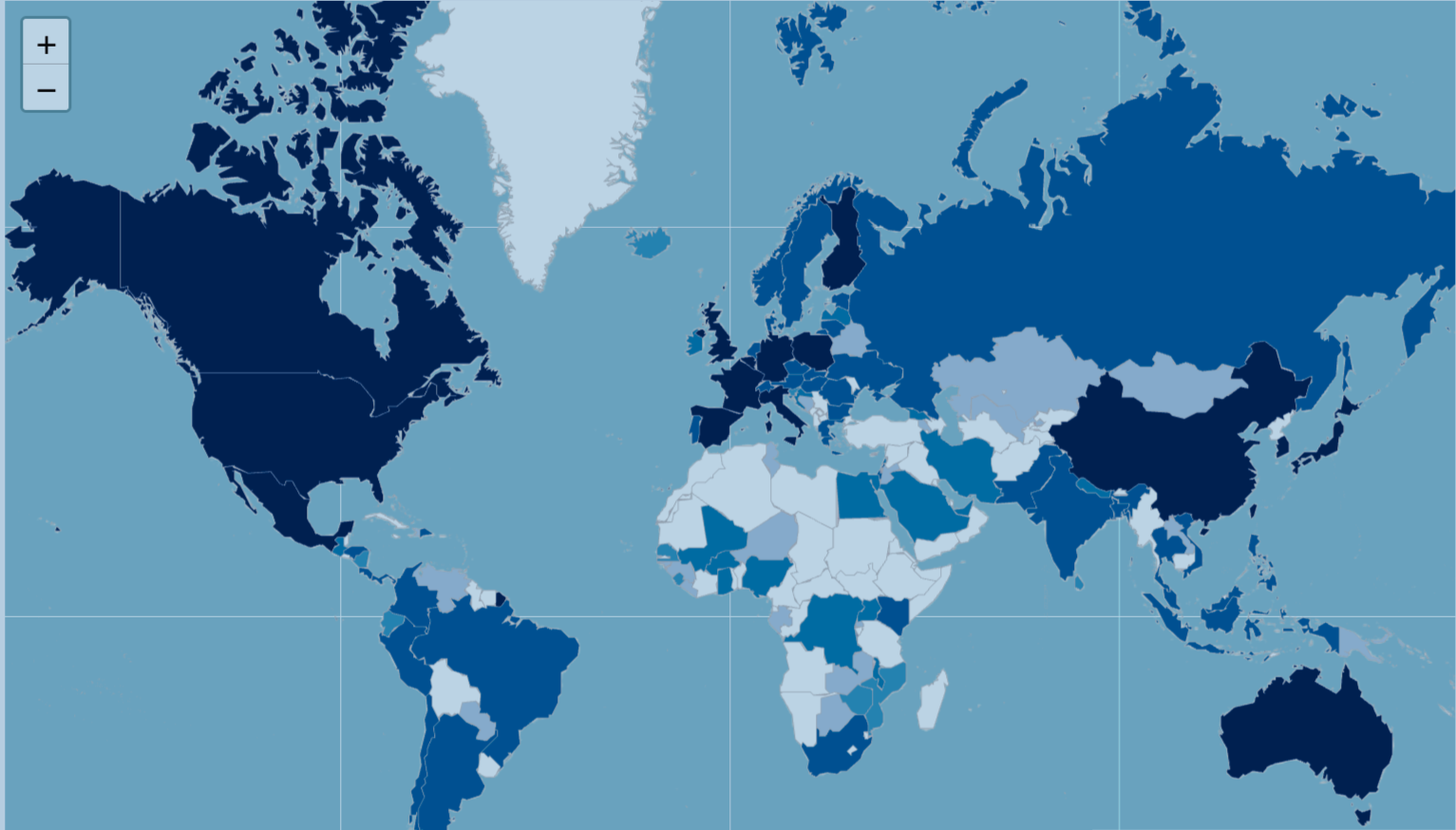When it comes to making evidence-based decisions in research, policy, or practice, not all literature reviews are created equal.
A Systematic Literature Review (SLR) is widely regarded as the gold standard for synthesizing research evidence. Unlike traditional or narrative reviews, SLRs follow a structured, transparent, and replicable methodology to identify, evaluate, and summarize all relevant studies addressing a specific research question.
The goal? To deliver a comprehensive and unbiased synthesis of the existing literature—produced with methodological rigor and full transparency. While SLRs offer reliable insights that can inform high-stakes decisions, they are also time-consuming and resource-intensive, often requiring close collaboration with domain experts to ensure scientific integrity.
What Sets Systematic Literature Reviews Apart?
SLRs are built on three core principles that distinguish them from other types of literature reviews:
1. A Specific Research Question
Every SLR begins with a clearly defined and focused question that guides the entire review process. This helps narrow the scope and ensures the review addresses a meaningful and answerable problem.
2. Predefined Criteria and Protocols
Before the search begins, detailed protocols are established—covering databases to be searched, keywords, and explicit inclusion and exclusion criteria. These predefined elements help reduce bias and improve consistency.
3. Transparency, Rigor, and Reproducibility
Every step—from study selection to data synthesis—is meticulously documented. This level of detail allows others to critically assess the review or replicate it, strengthening its scientific value.
The SLR Process: Step by Step
SLRs follow a systematic sequence to ensure accuracy and reproducibility:
- 1. Define the Research Question
Often framed using models like PICO (Population, Intervention, Comparator, Outcome), this foundational step shapes the entire review. - 2. Develop the Search Strategy
Researchers decide which databases to search, what keywords to use, and which studies to include or exclude—all outlined in advance. - 3. Conduct the Search
A comprehensive literature search is carried out across selected databases. Studies are screened for relevance in two stages: title/abstract review and full-text assessment. - 4. Extract the Data
Standardized extraction forms are used to collect key data—such as study design, sample size, interventions, and outcomes—ensuring consistency across studies. - 5. Assess Study Quality
Each included study is evaluated for methodological rigor and potential bias. For example, the Cochrane Risk of Bias tool is often used for randomized controlled trials. - 6. Synthesize the Evidence
The extracted data is synthesized qualitatively or quantitatively. When appropriate, a meta-analysis combines statistical results across studies. - 7. Report the Findings
Results are presented in a comprehensive report, often accompanied by a PRISMA diagram—a visual summary of how studies were identified, screened, and selected.
Beyond SLR: Other Types of Reviews
Not every question requires a full systematic review. Alternative approaches include:
- Scoping Reviews
Ideal for mapping broad areas of research and identifying knowledge gaps. - Rapid Reviews
Streamlined versions of SLRs used in time-sensitive situations where decisions must be made quickly. - Narrative Reviews
More descriptive and interpretive in nature, offering expert commentary but with less methodological structure.
Enter AI: Can Machines Help with SLRs?
Given the complexity and resource demands of conducting high-quality SLRs, it's no surprise that artificial intelligence is emerging as a potential ally.
From automating literature screening and data extraction to summarizing findings, AI tools are being developed to support—and in some cases, accelerate—each stage of the SLR workflow. Even regulatory agencies like the FDA are exploring AI to enhance internal review processes.
But this growing role of AI raises important questions:
- Do you use any AI tools in your own SLR workflow?
- Have they improved your efficiency or accuracy?
- Will AI ever be able to fully automate the systematic review process—and if so, when? If not, what are the barriers?
We’d love to hear your perspective. What role do you think AI should play in the future of systematic reviews?










